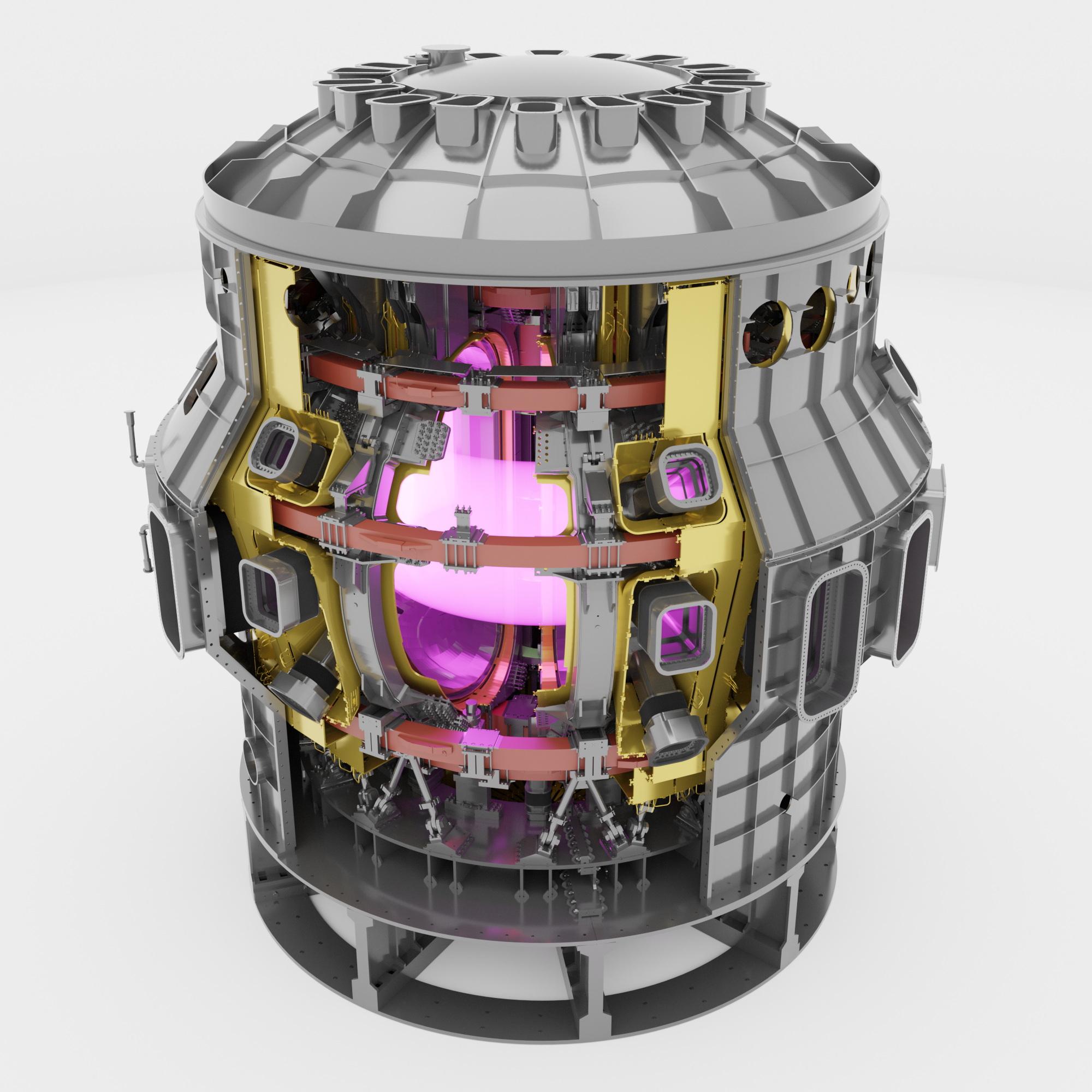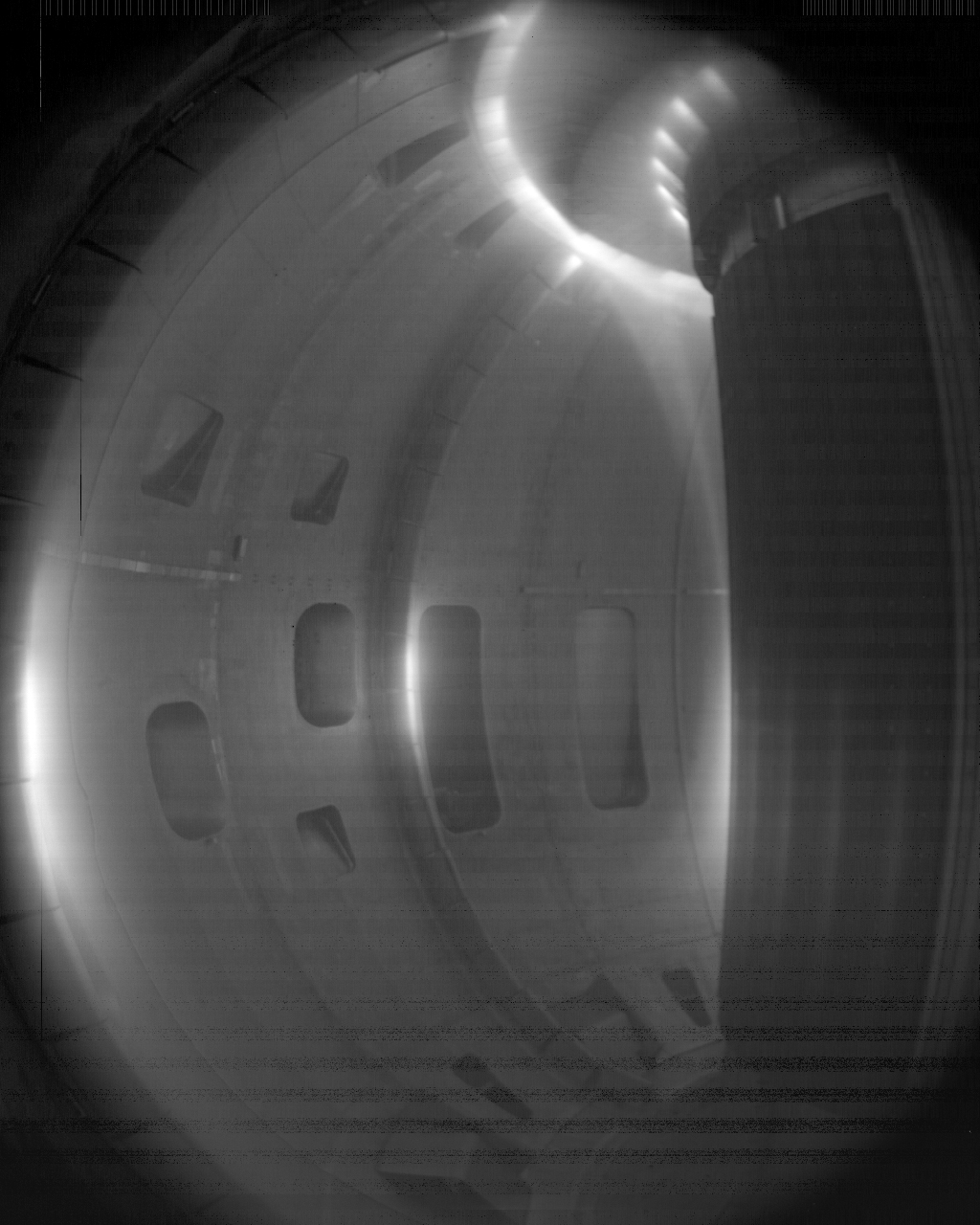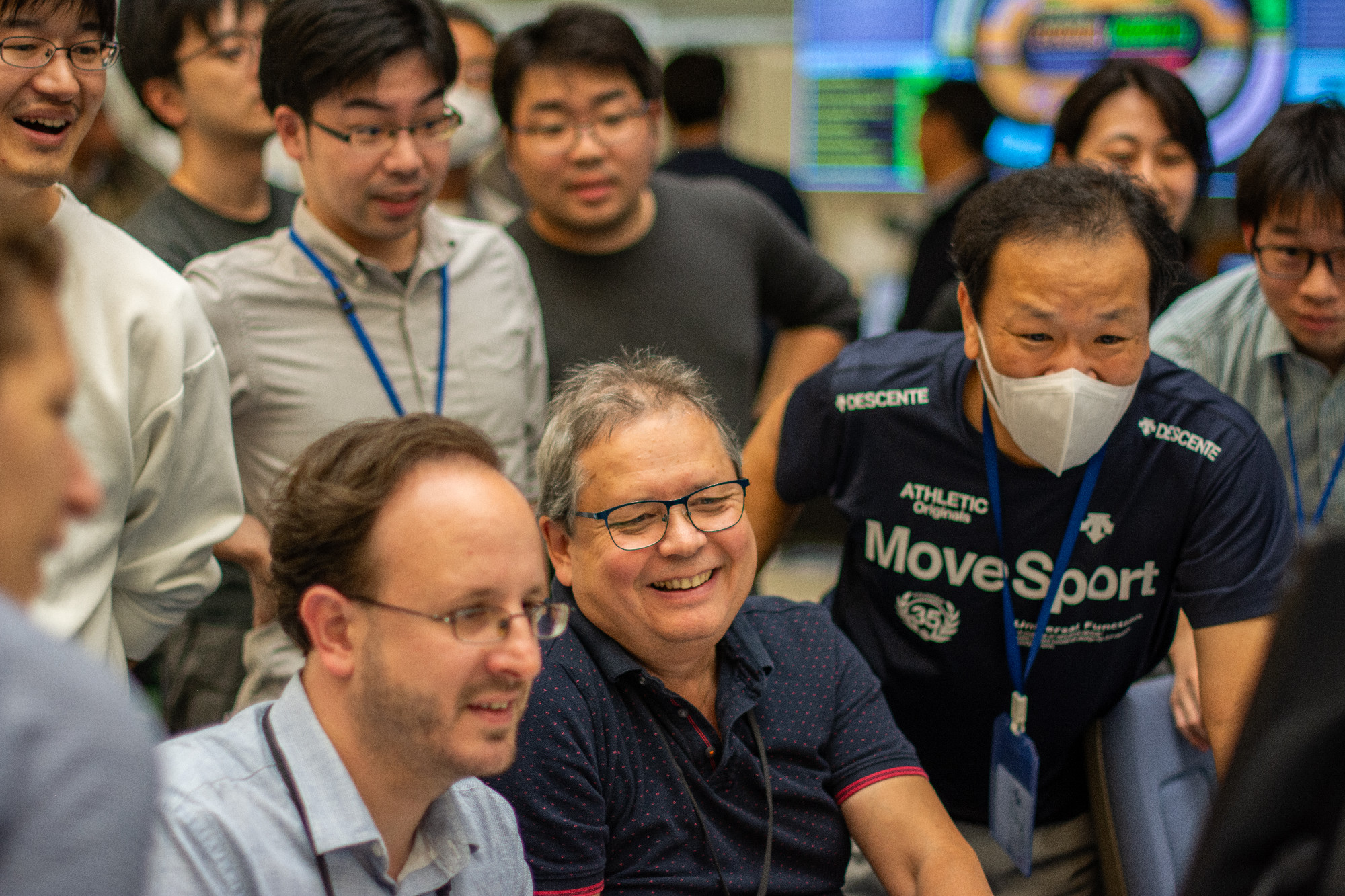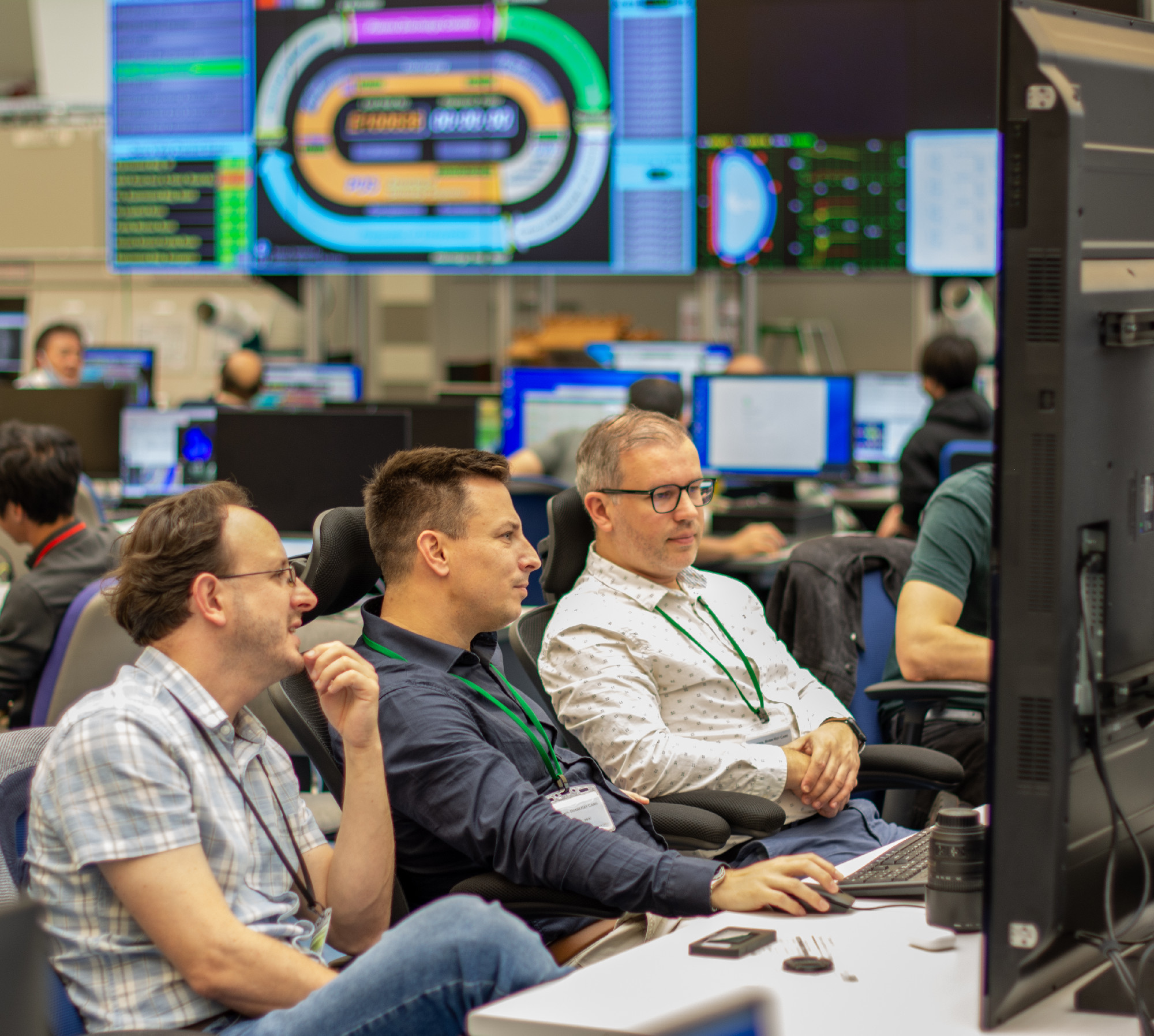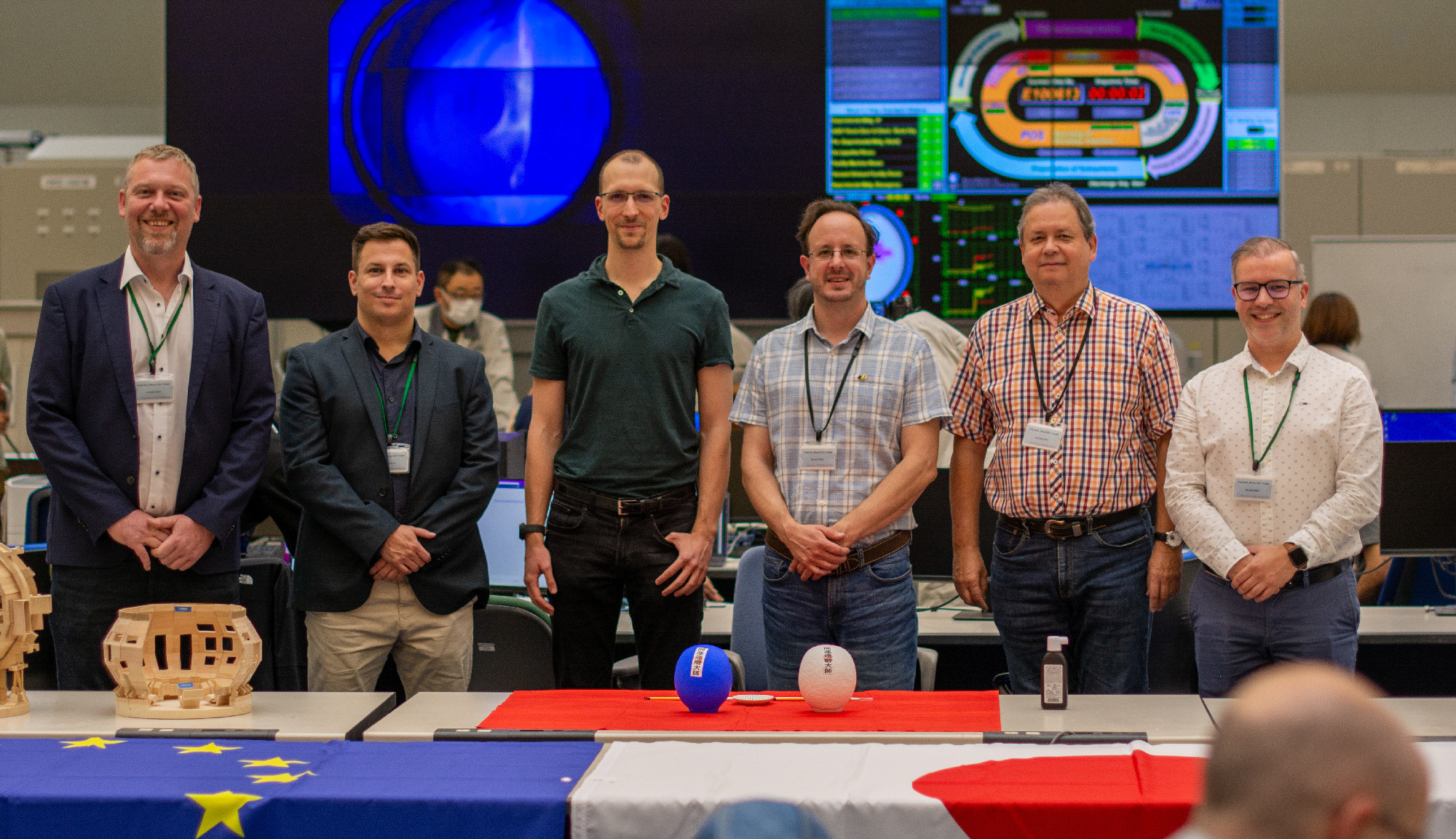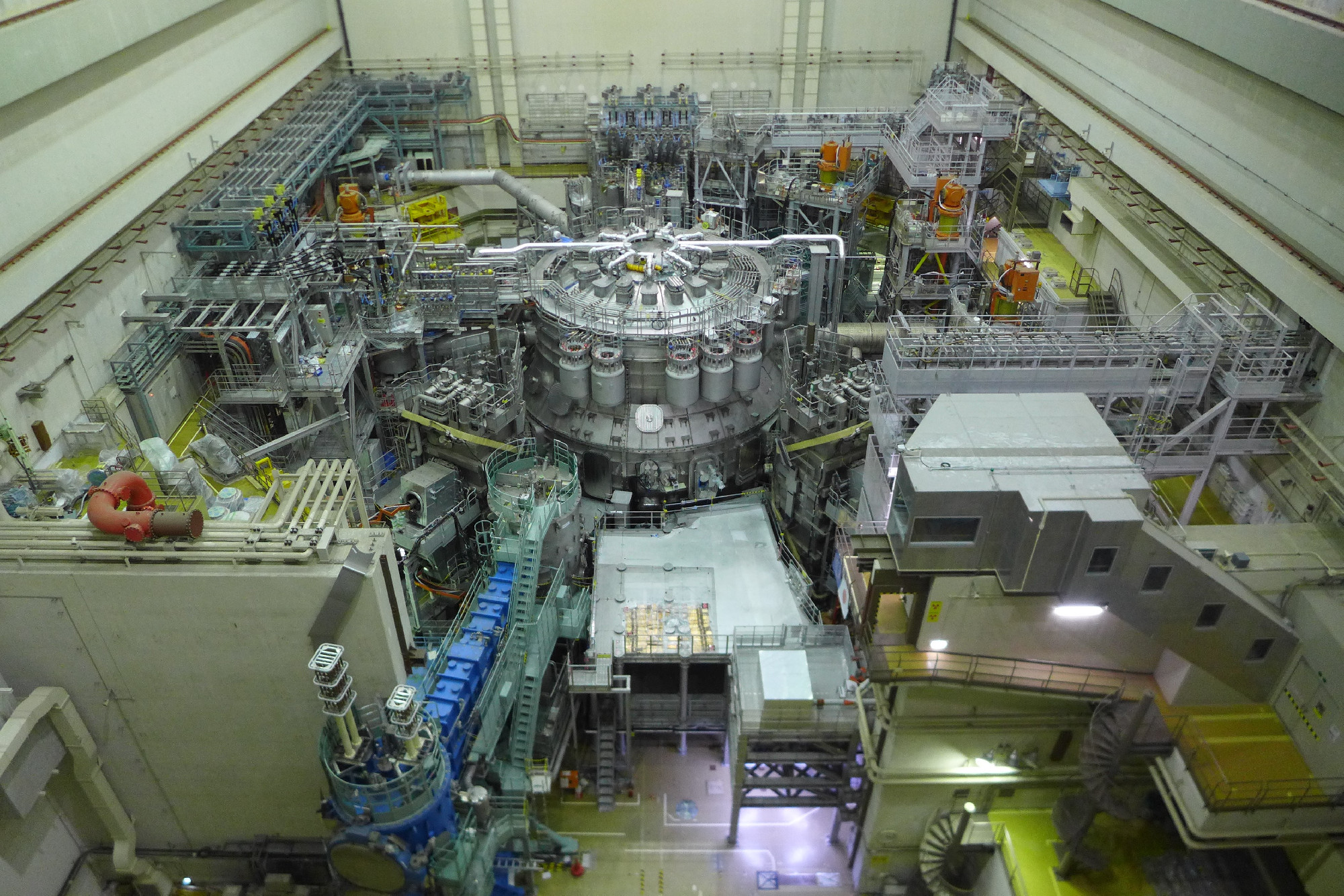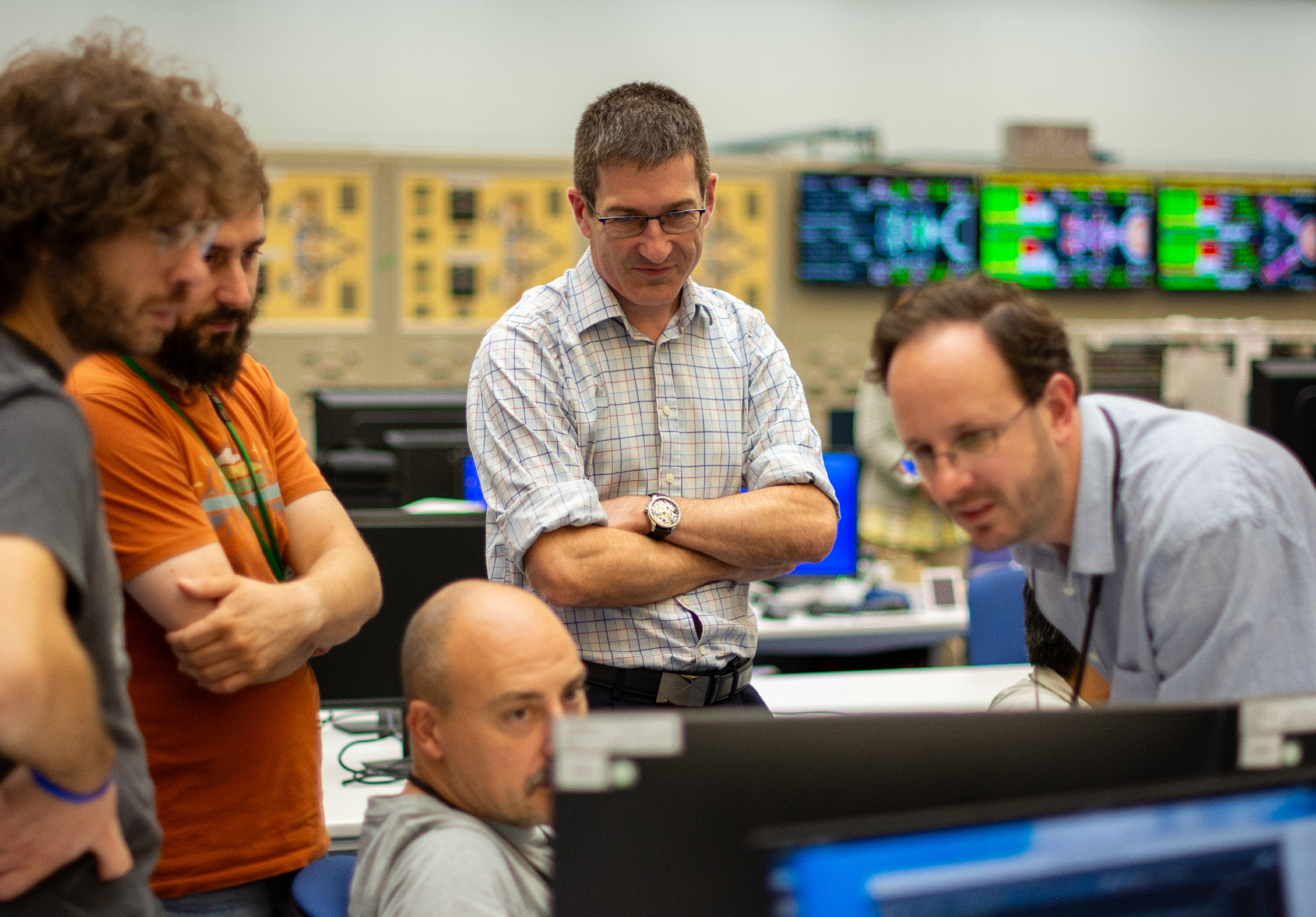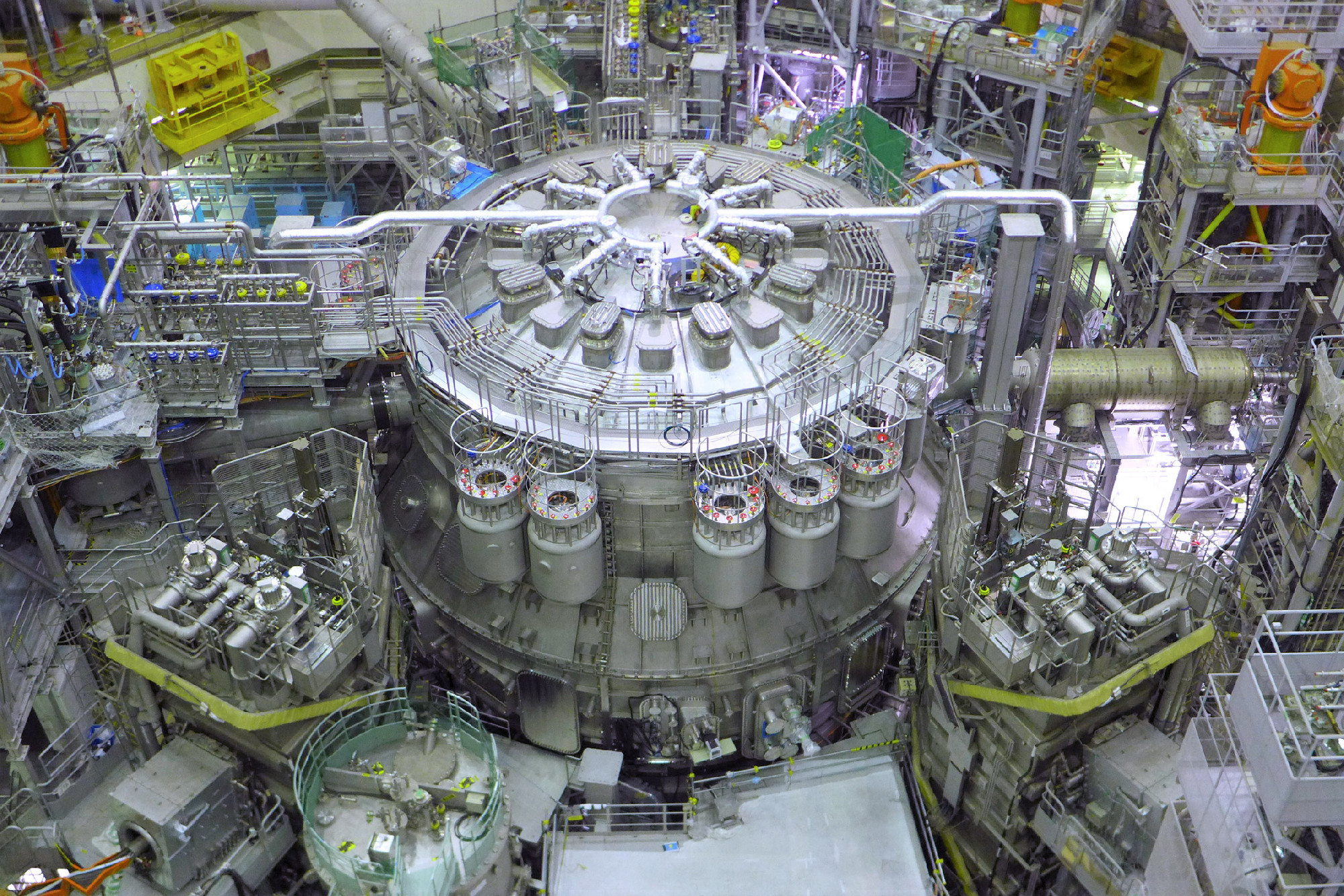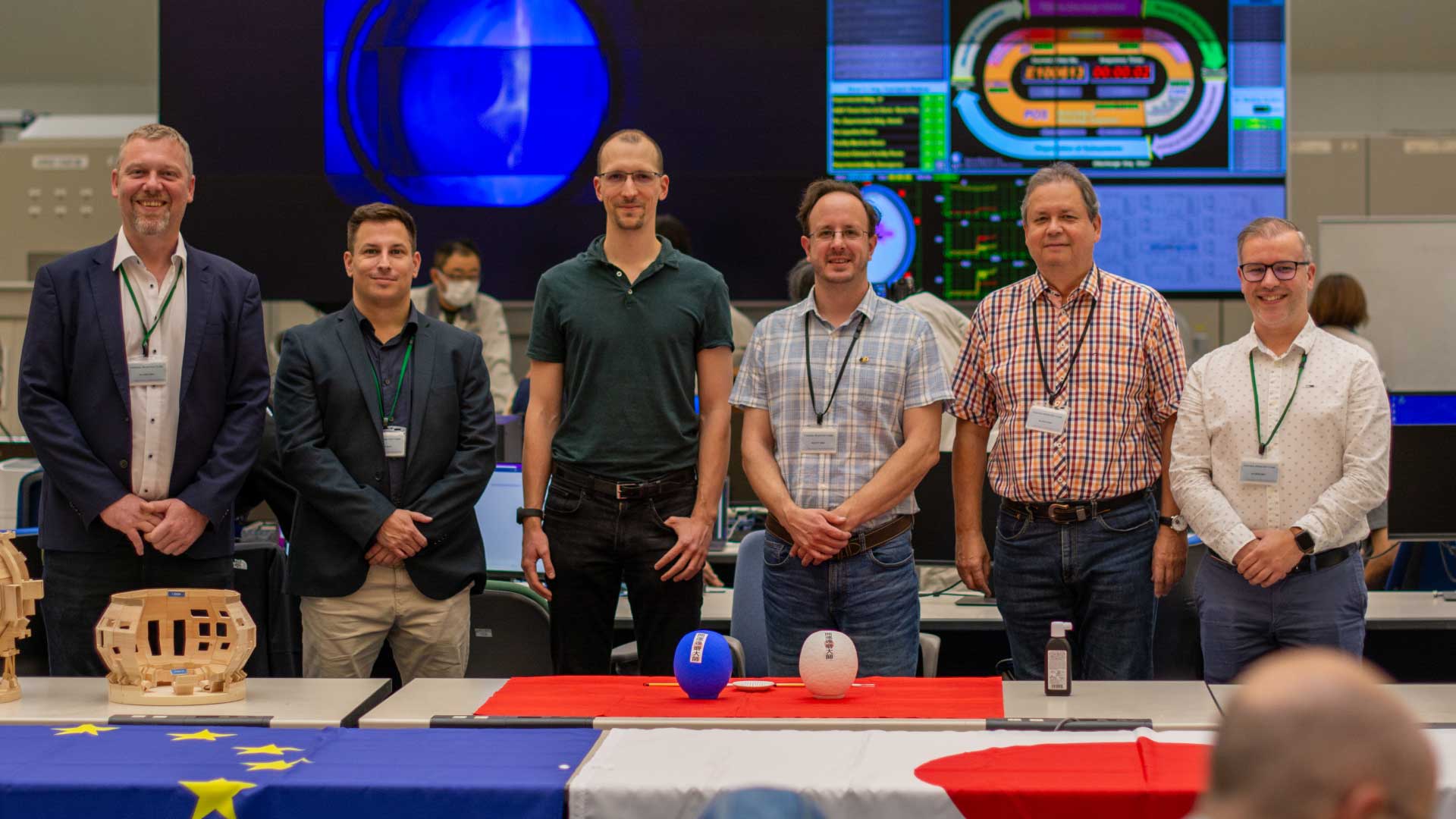JT-60SA experimental fusion device inaugurated in a ceremony with the participation of HUN-REN EK-CER ‒ Europe and Japan celebrate breakthrough in paving the way for fusion energy
In a significant stride towards realising the potential of fusion energy, the joint European and Japanese effort has reached a landmark milestone with the successful operation of JT-60SA, the most advanced experimental fusion device to date. This achievement underscores the strong commitment of both regions to develop efficient, safe, and sustainable fusion technology. The HUN-REN Centre for Energy Research (HUN-REN EK-CER) has played a pivotal role in this project. Their team of researchers and engineers developed an innovative video camera system, known as EDICAM (Event Detection Intelligent Camera). This high-speed digital technology is designed for diagnostic purposes and is crucial for observing and recording the million-degree plasmas within the fusion device. The EDICAM system’s ability to capture and analyse these extreme conditions is fundamental to advancing our understanding of fusion processes.
A prestigious ceremony on 1 December in Naka, Japan, marked the inauguration of the JT-60SA facility. Dignitaries including Kadri Simson, the European Commissioner for Energy, Masahito Moriyama, Japan’s Minister for Education, Culture, Sports, Science and Technology, and Sanae Takaichi, Japan’s Minister of State for Science and Technology Policy, were present. The event gathered senior politicians, industry leaders, and members of the research community to witness the inaugural plasma operation from the control room.
Dr. Ákos Horváth, Director General of HUN-REN EK-CER, emphasised the global significance of this facility for scientific research. "Energy production based on nuclear fusion remains a major challenge for humanity, and the facility established in Japan marks an important next step in its development. Beyond the energetic challenges, the fusion facility will become a significant site for scientific experiments in the coming decades. We are very proud that our physicists and engineers have been able to contribute significantly to this major project at an international scale. Their successes also define the research strategy of HUN-REN EK-CER."
HUN-REN EK-CER, a member of EUROfusion, achieved a significant milestone in 2019 by being the first European team to deliver diagnostic technology - the intelligent camera system - to the Japanese experimental device. This project, which commenced six years ago, has now reached fruition, as evidenced by the first plasma viewing in the JT-60SA tokamak through the Hungarian-developed camera system.
Dr. Tamás Szepesi, the physicist leading the EDICAM project, described the profound impact of witnessing the first plasma operations at the Naka Fusion Institute of Japan’s National Institutes for Quantum Science and Technology (QST). "Cameras operating within the visible light spectrum are of essential importance at the start of any fusion device. Not only do they significantly facilitate the work of the experimenters, but watching the recordings gives us the feeling as if we are seeing with our own eyes what is happening inside the experimental device. It's literally breathtaking - I've seen colleagues stand in front of the EDICAM control station monitors, completely absorbed for many seconds, as if nothing else mattered."
JT-60SA is a result of the Broader Approach Agreement, a scientific partnership between the European Union and Japan, established to advance fusion knowledge through collaborative projects. Initiated in 2007 and completed in 2020, the construction phase of the JT-60SA project cost approximately 560 million EUR. It is lauded as an exemplary model of science diplomacy, celebrated for its collaborative spirit, efficient management, and successful execution.
This is not the first time HUN-REN EK-CER has made significant contributions to the field. The team previously developed a video diagnostic system for the world's largest stellarator, the Wendelstein 7-X. Their technology's success in capturing the first plasma operations played a crucial role in Japan selecting their system for JT-60SA.
Fusion energy presents numerous benefits, making it a viable option for the future's energy landscape. Its fuel is widely available, minimising the risk of energy-related geopolitical conflicts, and it produces no greenhouse gases. JT-60SA will provide invaluable opportunities for scientific training, expertise development, and enhanced understanding of plasma physics. EUROfusion and QST have established a JT-60SA summer school to nurture future talent and offer training from leading experts in the field. Insights gained from JT-60SA will directly contribute to ITER, the largest international fusion experiment currently under construction in Europe.
